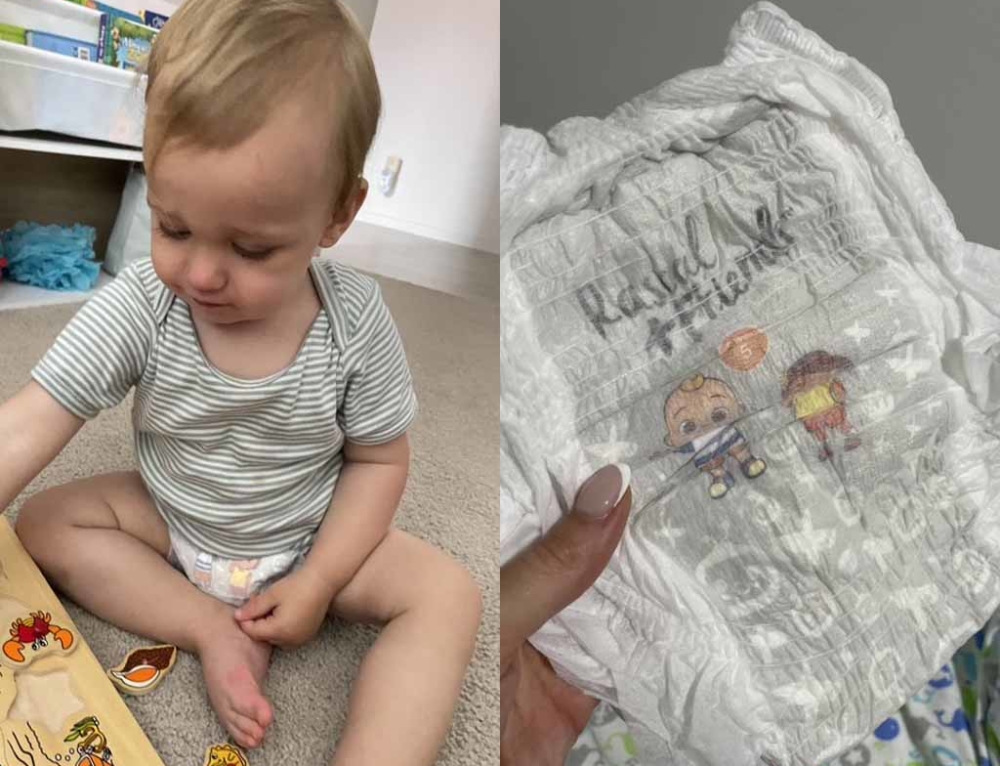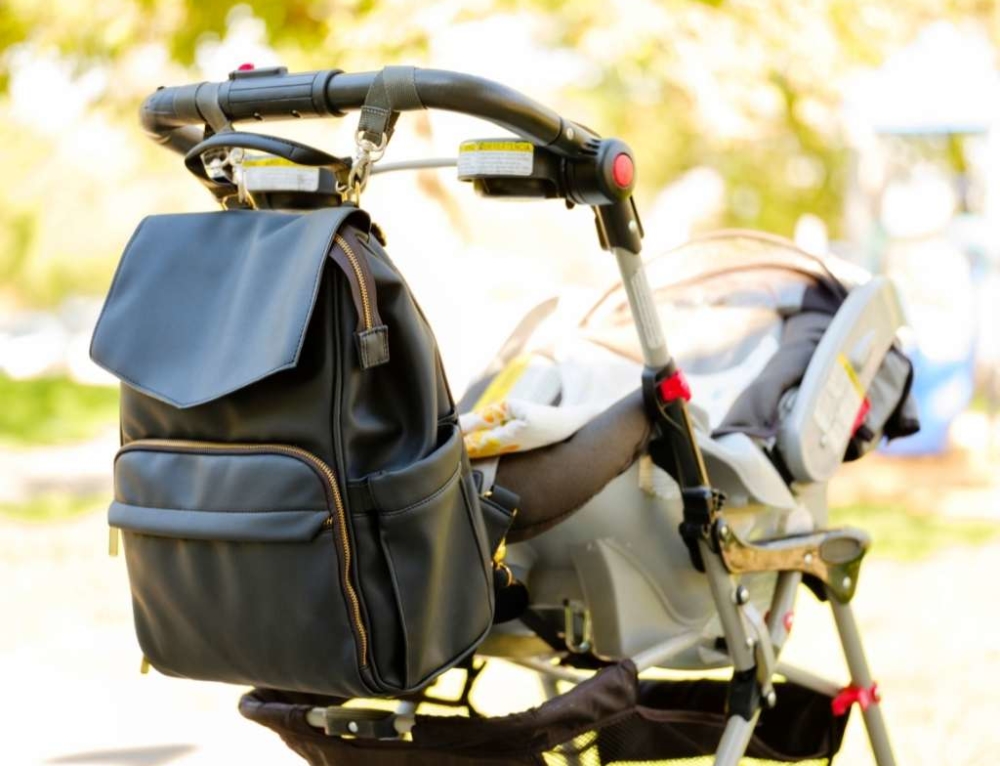What is botulism
Botulism is a rare but serious illness. A bacterium called Clostridium botulinum – which naturally occurs in soil – creates the toxin that causes botulism.
There are several kinds of botulism:
- Foodborne botulism comes from eating foods contaminated with the toxin.
- Wound botulism happens when a wound infected with the bacteria makes the toxin.
- Infant botulism happens when a baby consumes the spores of the bacteria from soil or honey. [1]
- Adult infectious botulism is similar to infant botulism and may happen after stomach surgery.
- Inadvertent botulism may happen following a botox injection [2]
All forms can be deadly and are medical emergencies.
Symptoms of botulism include blurred vision, drooping eyelids, slurred speech, difficulty swallowing, dry mouth, and muscle weakness.
Infant botulism: what parents should know
Infant botulism was only recognised in 1976, [3] though it has probably been in existence for longer. The United States, Argentina, Australia, Canada, Italy, and Japan have reported the largest volume of cases of infant botulism, though researchers suspect the condition may often go undiagnosed and under-reported.
Eating honey before the age of 12 months can be a risk factor for infant botulism. [4]
Infant botulism signs and symptoms may include:
- Constipation (first sign)
- Bad temper
- Excessive drooling when feeding
- Eyelids sag
- Facial expression is flat
- Lethargy, listlessness
- Respiratory difficulties
- Slow or improper reflexes
- The baby cries weakly
- The child feels floppy
- The infant does not gag
- Unfocused eyes
- Weak sucking [5]
Prevention strategies of infant botulism include:
- Avoid giving honey to babies under 12 months of age.
- Keep newborn babies away from soil until their umbilical stumps have dropped off and the navel has completely healed.
- Take care when preparing, handling and storing solid foods for babies. [6]
Food safety and botulism
Botulism can be found in soil, water, on plants, and in the intestinal tracts of animals and fish. [7]
Foodborne botulism is most often from home-canned foods with low acid content, such as asparagus, green beans and corn. It is usually due to a failure to follow proper canning methods. Botulism has also been associated with vegetables in oil, chopped garlic in oil, canned cheese sauce, tomatoes, carrot juice, and baked potatoes wrapped in foil. [8] You should throw out all raw or canned food that shows any sign of being spoiled.
When canning or preserving foods at home, pay particular attention to hygiene, cooking time, pressure, temperature, refrigeration and storage. You should use a pressure cooker for preserving foods such as meat, poultry, seafood and most vegetables.
Make sure you use the correct equipment, properly sterilise containers and always follow the manufacturer’s instructions for your equipment. Use only recipes with tested proportions of ingredients and be sure to follow recommendations for time, pressure and safe preserving methods.
Don’t taste food from swollen containers, food that is ‘foamy’ or has a bad odour. Don’t rely on smells or ‘blown’ containers alone – it is not always possible to detect Clostridium botulinum bacterium in this way. When in doubt, throw it out. [9]
Botulism scare in New Zealand
Botulism is extremely rare in New Zealand – the last scare was in 2013. Food giant Fonterra issued a botulism warning when testing revealed that some of its whey powder may have been contaminated with clostridium botulinum. [10]
Fonterra and New Zealand authorities recalled batches of whey product used to form 870 tonnes of products sold in a variety of markets including Australia, China, Malaysia, Saudi Arabia, Thailand and Vietnam. [11]







Leave A Comment
You must be logged in to post a comment.